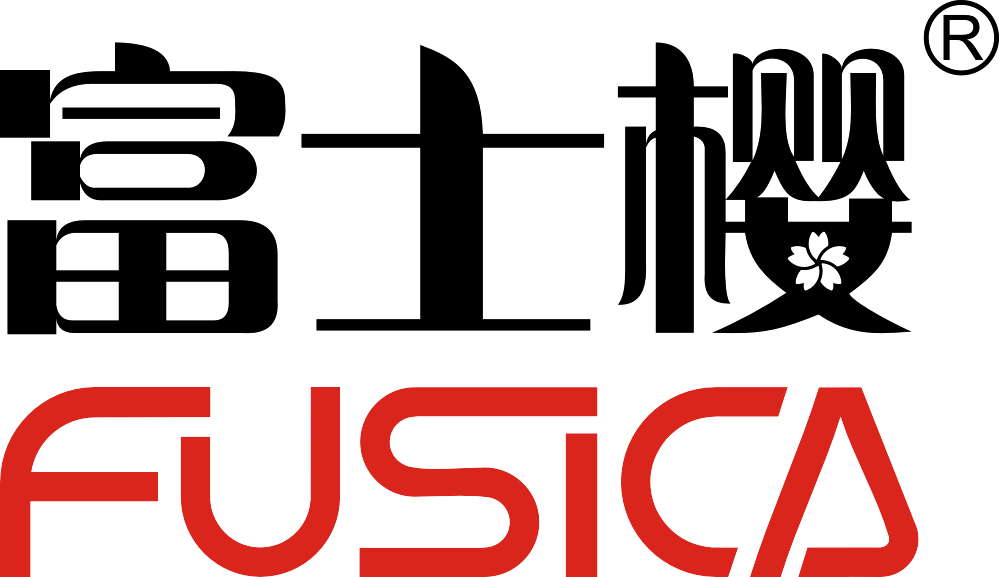An inkjet printer is a peripheral that attaches wirelessly or by cable to a computer. In the home, it receives documents or images from the computer and prints on bond paper or high-quality photo paper. In the case of a wireless printer, anyone in the household can print from a wireless device to the printer, as long as both are on the same home network.
Inkjet printers perform best on nonporous paper, so a slightly heavier weight bond paper that is typical in offices—24 lb. vs. 20 lb.—is desirable. Paper explicitly designated for inkjet printers has a hard surface that prevents the colors from bleeding. This type of paper is slightly more expensive than typical office copy paper. High-quality photo paper is also manufactured for inkjet printers, but it is more expensive than bond paper.
Inkjet printers described as all-in-one printers come equipped with scanning and photocopying capabilities, in addition to printing. These two options are done directly on the printer, the same as on a copy machine, usually by placing a document face-down on a glass area.
Most home inkjet printers are inexpensive, relatively small, and lightweight. Commercial-quality inkjet printers are larger, more expensive, and print on a broader range of materials.
The speed of an inkjet printer is usually rated in how many pages per minute it prints in black ink only and how many pages per minute it prints in color. The speed of different printers varies, but a typical rating for many models is 10.5 pages per minute in black-only ink and five pages per minute in color ink. Commercial inkjet printers are faster than the smaller home counterparts and more expensive.
Most home inkjet printers handle standard letter and legal-size paper. A subcategory of inkjet printers—dedicated photo printers—is smaller and designed for photos only, not documents. These are available in paper sizes of 4 by 6 inches, 5 by 7 inches, and other sizes.
Inkjet ink cartridges are relatively expensive. It isn't unusual for the cost of consumables to surpass the cost of the printer within a year, depending on the volume of use. If you're shopping for a new inkjet printer, estimate the printer's cost per page before buying it.
An inkjet printer creates an image by spraying tiny droplets of ink onto the paper. The print head moves back and forth as the paper feeds through a set of rollers. The complete image is built from many minuscule dots, like the pixels on a TV or phone screen.
The quality of an image is determined by the number of dots per inch (DPI) the printer is capable of producing. Most laser printers have a resolution of 1200 dpi or 2400 dpi. Some low-end printers have a resolution of 300 dpi or 600 dpi. The lower range is acceptable for documents that consist primarily of text and everyday graphics. However, for high-quality photos, the higher resolutions are preferable.
Yellow, magenta (red), cyan (blue), and black are the commonly used ink colors in an inkjet printer. Used together, these can reproduce most colors. Each ink color is usually contained in a separate replaceable cartridge, but some models combine the inks into one cartridge.
Most consumer printers use the thermal drop-on-demand (DOD) method to dispense the ink. In this process, ink is pumped from the cartridge to a tiny reservoir sitting directly behind a nozzle. A small electric heating element is located in the reservoir. When a pulse of electrical current passes through, the ink's solvent vaporizes, causing an increase in pressure, which propels a drop of ink out of the nozzle. The bubble of vapor then condenses, contracts, and draws more ink into the reservoir.
Large commercial printers use a piezoelectric material instead of a heater. In these devices, a piezoelectric diaphragm, similar to a small speaker, sits at the back of the ink well.
The print head contains the nozzle, reservoir, and heater or piezoelectric. In many consumer printers, the print head is part of a disposable ink cartridge, meaning it's replaced whenever new ink is required. Expensive printers use a fixed head.
Other technologies appear in large-scale commercial inkjet printers, but not in home printers. These often use a combination of ultrasonic vibration and electrical charge to propel and direct ink droplets in a continuous spray. Such printers are faster and use a greater variety of inks and dyes, including those that are solvent-based and ultraviolet-curing. This results in more durable and waterproof prints than can be achieved with consumer printers.


